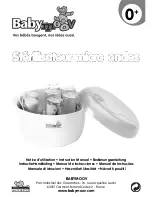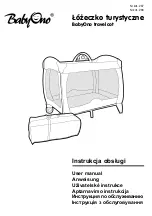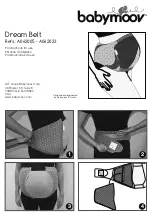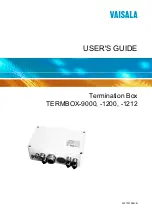
19
Retro-Reflex Sensor
6. Settings
NOTE!
It takes three minutes for the sensor to warm up. In order to assure interference-free opera-
tion, teach-in should not be conducted until after the warm-up phase.
6.1 Standard Teach
The sensor is taught in such that it demonstrates stable switching performance despite interference such
as vibration. In this mode, the smallest part which can be detected is somewhat larger than in the precise
detection mode.
• Install the sensor in accordance with the mounting instructions.
• Align the sensor to the reflector.
• Press and hold the teach-in key until switching status indicator A1 starts blinking slowly (2 Hz) after two
seconds.
• Release the teach-in key.
• The switching threshold is taught in and the LED for A1 blinks twice in order to confirm successful
teach-in.
6.2 Precision Teach – with Stationary Conveyor Belt
The sensor is taught in such that the detection of very small parts is possible. With the conveyor belt at a
standstill, the sensor is set to a signal analysis phase which lasts for 10 seconds. The sensor’s receive signals
are analyzed during this time, on the basis of which the switching threshold is calculated.
• Install the sensor in accordance with the mounting instructions.
• Align the sensor to the reflector.
• Press and hold the teach-in key until switching status indicator A1 starts blinking rapidly (4 Hz) after five
seconds.
• Release the teach-in key.
• Recording is started during which the LED continues to blink at a rate of 4 Hz.
• The calculated switching threshold is taught in and the LED for A1 blinks twice in order to confirm suc-
cessful teach-in. If teach-in has not been successful, LED A1 blinks 4 times. If this is the case, the proce-
dure must be repeated.



































